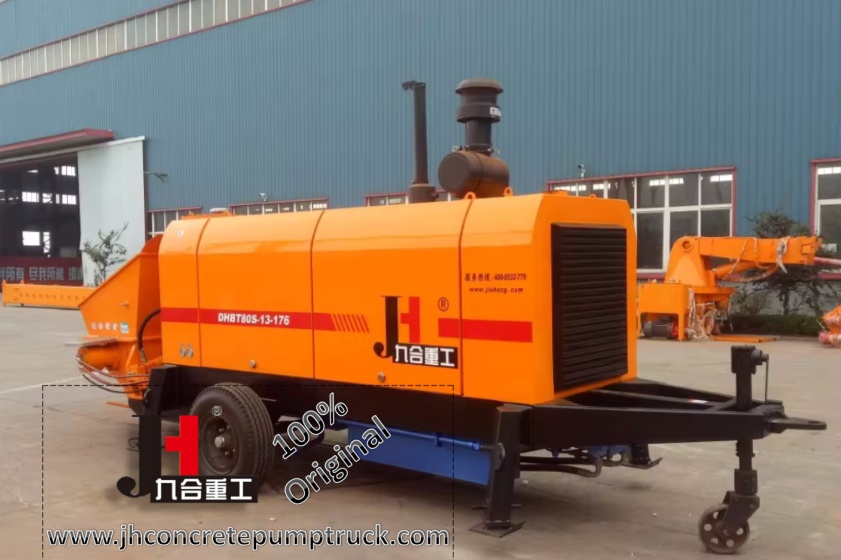News
Pumping Concrete Process
Apr. 03, 2024
(1) Before pumping concrete, first pump the fresh water from the storage hopper out of the pipeline to achieve the purpose of moistening and cleaning the pipeline, and then add the cement mortar (or 1: 2 cement mortar) with the same proportion of concrete into the hopper to lubricate After the pipeline, the concrete can be pumped.
(2) When the pumping is started, the pumping speed should be slowed down, and the oil pressure change should be within the allowable range. When the pumping is successful, the pumping should be performed at the normal speed.
(3) During pumping, it is advisable to keep the amount of concrete in the hopper not less than 10mm above the cylinder mouth to 150mm below the hopper mouth. Too little suction efficiency is low, it is easy to inhale air and cause plug tube, too much will overflow and increase the load on the stirring shaft when reverse suction.
(4) Concrete pumping should be performed continuously. When the concrete supply is not timely, the pumping speed should be reduced. When the pumping is temporarily interrupted, the stirring should not be stopped. When the blade is stuck, the blade needs to be reversed, and then forward and reverse for a certain period of time, and the pumping can be continued after the forward rotation is smooth.
(5) If the stopping time is more than 20min and the pipeline is long during the pumping, the pump should be turned on every 5min to pump a small amount of concrete. When the pipeline is short, the forward and reverse rotation 2-3 stroke every 5min can be used. Allow the concrete in the pipe to creep to prevent segregation of water. If the pump is stopped for a long time (more than 45min), the high temperature and the small slump of the concrete may cause the plugging of the pipe. The concrete should be removed from the pump and the conveying pipe.
(6) The pumping is farthest and then near, and the pipe is gradually removed during pouring.
(7) Pumping in high-temperature seasons, it is advisable to cover the pipes with warm straw bags to reduce the temperature to reduce the mold entry temperature.
(8) The sum of the horizontal conversion distance of the pumping pipeline should be less than the maximum pumping distance of the equipment.







